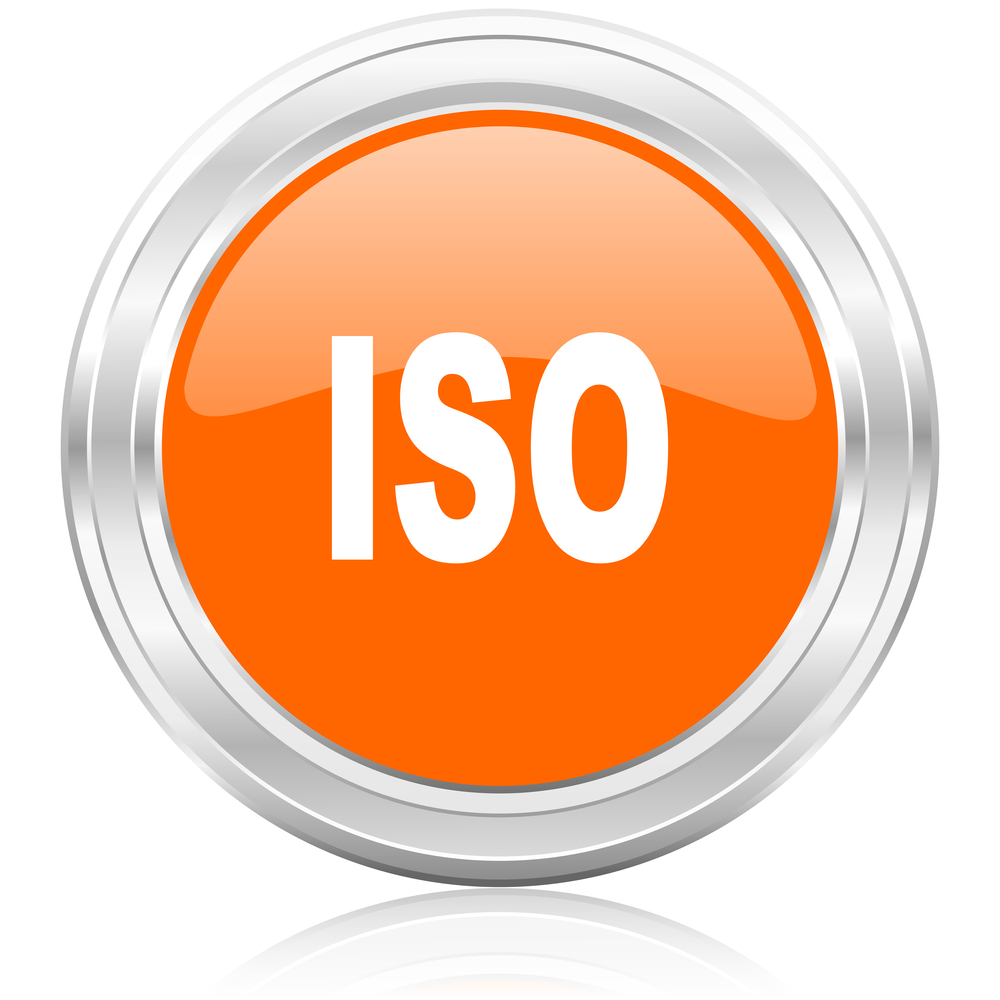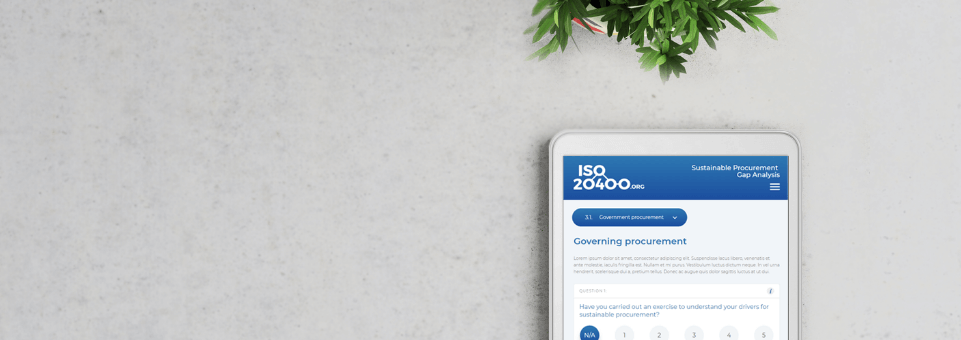Short description of the history of sustainable procurement and the new ISO 20400 standard
It is ten years since Sir Neville Sims published his influential paper Procuring the Future. This was advice from a business led task force on how to improve social, economic and environmental sustainability through public procurement. These ideas were further developed in BS 8903, which introduced a systematic approach to delivering sustainability through supply chains. An international standard, ISO 20400, has been three years in development involving 40+ countries and influential international bodies such as UNEP, ITUC and OECD. It is due for publication in early 2017. Like BS 8903 it is a guidance standard so organisations cannot be certified against it but you can ask a competent organisation to perform an independent evaluation, report and recommendations.
Much has changed since 2006. Sustainability is better understood but more complex and demands are much higher than before. International accords such as the UN Guiding Principles on Human Rights and Business and the Paris Climate Change Agreement are driving governments and businesses towards more responsible behaviour. In the USA, the Dodd-Frank Act addresses conflict minerals. In the UK, acts related to Climate Change, Bribery, Equalities, Social Value and Modern Slavery compel us to do things differently and corporate best practice from the likes of Unilever and M&S inspire us to.
We all rely on supply chains and the results of supply chain failure due to natural disasters such as the Fukushima tragedy and manmade tragedies such as Rana Plaza have highlighted just how fragile these supply chains can be. Sustainability is higher on the agenda of large private and public organisations around the world but the demand is translated to the supply chain inconsistently. In addition many suppliers have limited understanding of the subject matter and fewer suppliers are competent to deliver on the increased demand. The inevitable consequence of higher demand, inconsistently communicated to a supply chain where only few are competent to deliver will be an increase in prices, perpetuating the myth that sustainability costs more. If we are to succeed in delivering sustainability through our supply chains we must be consistent in our approach, develop competitive, competent supply chains and measure the results of our work.
The new standard attempts to offer guidance on how to navigate these stormy waters. It has similar structure to BS 8903 but brings in the new concepts and standards that did not exist in 2010 when it was published.
It comes in four main sections, described below:
- Fundamentals – This covers the general principles of sustainability and corporate responsibility, it also helps the user to understand what drives them to want to procure sustainably. This is very important to understand how to set targets. It also covers issues such as complicity, risk management and due diligence.
- Integrating sustainability into the organisations procurement policy and strategy – It is vital to align the sustainable procurement goals with the high level strategy of the organisation and with the procurement strategy. These two subjects were covered in BS 8903 under Fundamentals.
- Organising the procurement function towards sustainability – this was called “Enablers” in BS 8903 but this expression would not translate well into a number of languages, including Hebrew. It covers the organisational conditions necessary to deliver sustainable procurement. This is a very important section that covers governance, setting priorities, developing people, supplier engagement and measuring performance.
- Procurement process – this has a similar title to BS 8903, it covers how to do procurement differently to deliver sustainability.
Ten years after Procuring the Future, we are on the verge of an international standard to put sustainable procurement firmly on the world map.








